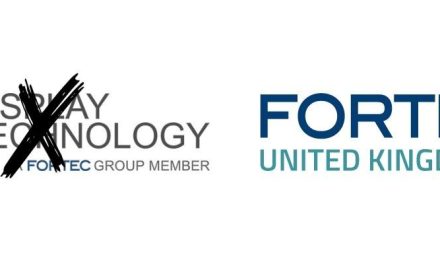 The ability to provide higher energy efficiency and precise motion control are fuelling the uptake of electric drives in European discrete industries. Energy efficiency regulations and rising electricity prices too are encouraging end users to deploy electric drives in drive systems. Further, manufacturers stand to benefit from modular electric drives, which can be modified to include servo mechanisms based on requirements. As a result, electric drives will be an inevitable part of all manufacturing equipment by the end of 2018.
The ability to provide higher energy efficiency and precise motion control are fuelling the uptake of electric drives in European discrete industries. Energy efficiency regulations and rising electricity prices too are encouraging end users to deploy electric drives in drive systems. Further, manufacturers stand to benefit from modular electric drives, which can be modified to include servo mechanisms based on requirements. As a result, electric drives will be an inevitable part of all manufacturing equipment by the end of 2018.
New analysis from Frost & Sullivan, Opportunities in the European Electric Drives Market for Discrete Industries, finds that the market earned revenues of $1.18bn in 2013 and estimates this to reach $1.41bn in 2018. Western Europe and Scandinavia will generate a higher proportion of the retrofit demand for electric drives, while a major share of adoption in Central and Eastern Europe (CEE) will stem from new installations.
“The automotive and transportation as well as consumer packaged goods industries are likely to contribute a large share to market revenues in Europe,” said Frost & Sullivan industrial automation and process control senior research analyst Krishna Raman. “Servo drives are expected to be the fastest growing product segment, with key applications in machine tools, electronics and communication and packaging.”
However, the shifting of manufacturing plants to developing economies will limit overall market potential in the region. The use of electric drives in the printing industry is also projected to decrease due to the probable replacement of print media by electronic media.
The major challenge for vendors in Europe is communicating the value of electric drives to end users such that they are ready to invest in the product. Establishing a marketing strategy centred around the energy savings achieved through electric drives and around the strengths of the brand will go a long way in accelerating sales. Engaging with local sales partners and independent distributors will also widen their consumer base.
“While manufacturing growth in the CEE region will provide opportunities for tier II and III vendors, success in this market will depend on companies’ relationships with the head offices of end users and OEMs, and on their ability to provide after-sales support,” reiterated Raman. “Hence, existing tier I companies hold the advantage in the European electric drives market.”


